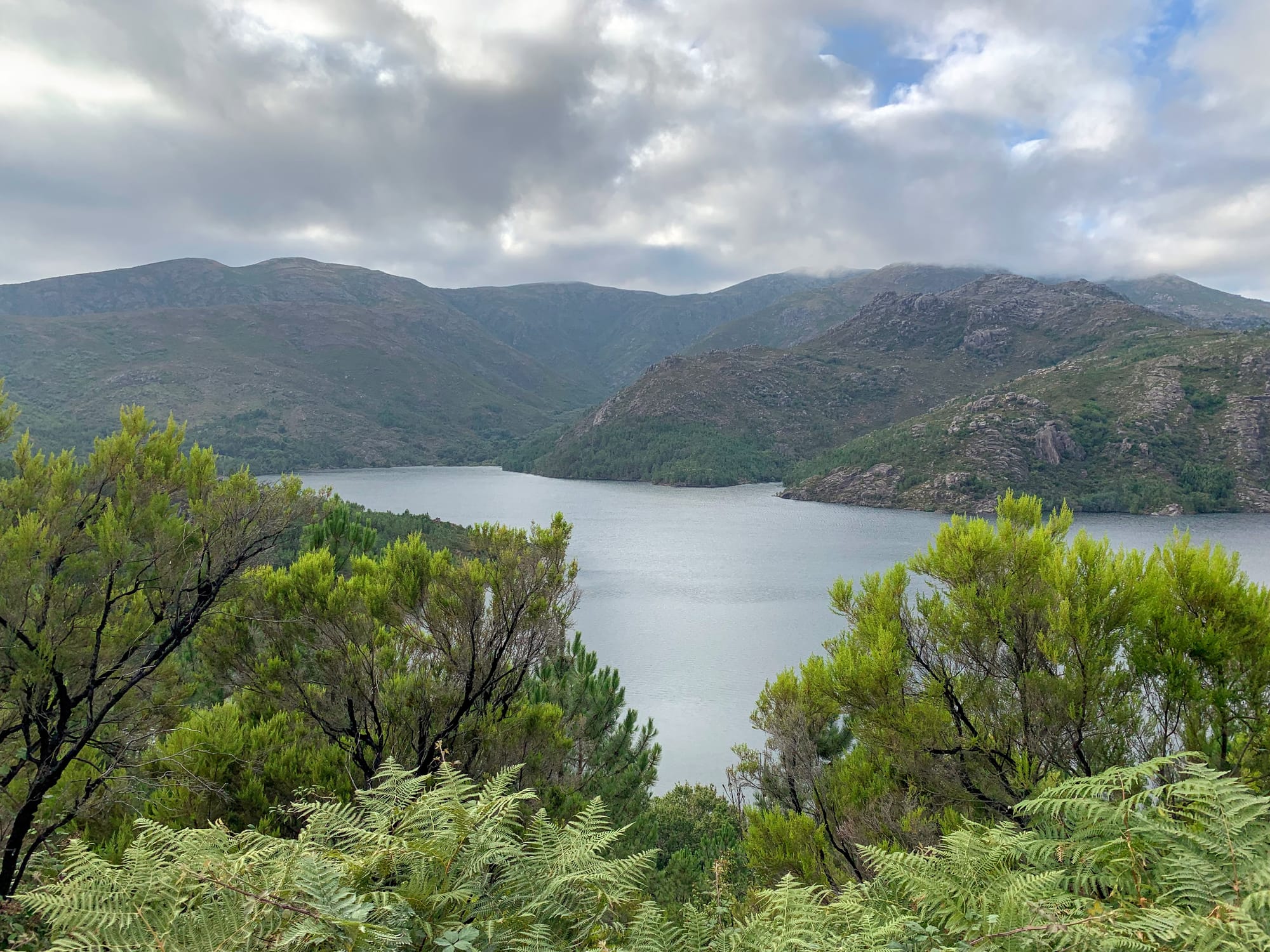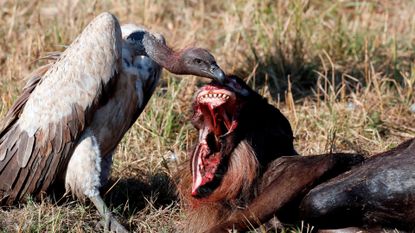We have to say no to extractivism - before it tears apart the fabric of our world.
By Robin Boardman
Yesterday in Kiel, Germany I joined the global movement against extractivism – the harmful exploitation of natural resources. Across the globe, communities stood up for the action wave against new, dangerous mining projects. Hundreds marched in Barroso, Portugal and thousands more in Serbia. The movement is growing.
This is a transcript of my speech on the Kiel waterfront:
It’s time for the hyper-consumption of our society to die. The endless grasping for more, more, more is exhausting the human spirit. We are so much more than what we consume—the cars, the gadgets, the clothes. They are all symptoms of the loneliness capitalism instils in us. We search for safety in material gain and status. Advertisers hunt for our emotional weaknesses, like vultures, ready to strike on the fearful and vulnerable.
It’s in the wake of their wanton waste—an eye-watering amount of pollution clogging up the arteries of our planets—that we attack the status quo. We tell them that they can’t have their cake and eat it. The elite can’t have hyper-consumption and renewable energy at the same time. The two can’t be combined. As soon as you rape ancient woodlands for lithium, you are destroying nature’s chances of survival. In other words, you are destroying our chances of survival.
This overexploitation, this destruction of all we hold dear, this isn’t the way forward. Destroying nature’s right to exist and creating so-called ‘renewables’ is a toxic waste to our planet. There’s another way. There’s a simpler, easier, more loving way forward. It’s the way my grandparents taught me. It’s the way Indigenous people have lived for centuries—to live in harmony with the world around us, to not take more than what you need, to repair what’s broken, to allow time for healing.
I have been to Barroso, the Portuguese camp against a massive lithium mine— the project will destroy a beautiful World Heritage site in the name of so-called progress, of so-called green growth. It’s a lie. It’s a corrupt, toxic lie. The amount of water they need to pump this mine will wreck Portugal, a country that’s already being destroyed by desertification and climate breakdown.
 T
TPeople there have a simple way of living, a way that should be a role model to us here in Kiel, here across the Western world —a way of living simply with our natural surroundings. Instead, the lithium mine will kill off their culture and their way of living. We’re seeing it all across the world—Indigenous land is being colonised once again by neo-colonial forces. This is an attack on the guardians of precious knowledge. Knowledge that can really protect this blue, precious sphere that we call home. Beyond that, there’s just the dark cosmos – nothing else.
Across the world, we are in resistance to such delusion and violence. The odds are so stacked against us. We’re not millions of people right here now, we’re not even hundreds, and it breaks my heart. But we are in resistance. The Portuguese grandmothers in resistance in Portugal shared the same saying as the Serbian grandmothers – numbers don’t matter, community matters. Whatever happens in the struggle, at least we got to meet each other. At least we got to meet other caring, compassionate people.
Sometimes the challenge seems insurmountable but that community is a new, revolutionary way of living. I say “new” to us here in the isolated, atomized, capitalist West, but actually, it’s a very old system of living, a very beautiful way of living in harmony as a community.
As a community, we can resist encroaching fossil fuel fascism. We can resist the death of endless species. As we stand here in Kiel, a trigger point of the 1918 German revolution, I want to call on you to rise up against imperial power once again. To recognize our strength as a community and to flourish in the honesty of our truth. In other words—to really live our lives.
The corrupt state will throw everything they’ve got against us. We are revolutionaries, after all. In the UK, 26 of my friends are currently in prison for resistance. As they were locked away they were told they had no defence. That mentioning climate change or fuel poverty in court is illegal. It’s outrageous. It’s the slow corruption of our system by fascism, which will destroy massive parts of the world if we allow fossil fuels and these mining projects to continue.
But together, we can resist. We can make a new world possible. We can start right here in Kiel. It’s time to put our bodies on the line. It’s time for a revolution.
Thank you.
ZNetwork is funded solely through the generosity of its readers. Donate
Robin Boardman is a languages student and one of the cofounders of Extinction Rebellion. He helped to lead a successful campaign to get the University of Bristol to divest its portfolio of £2m from fossil fuels and has been an XR spokesperson on various outlets such as the BBC, LBC and Sky News. He blogs at: robinboardman.com
